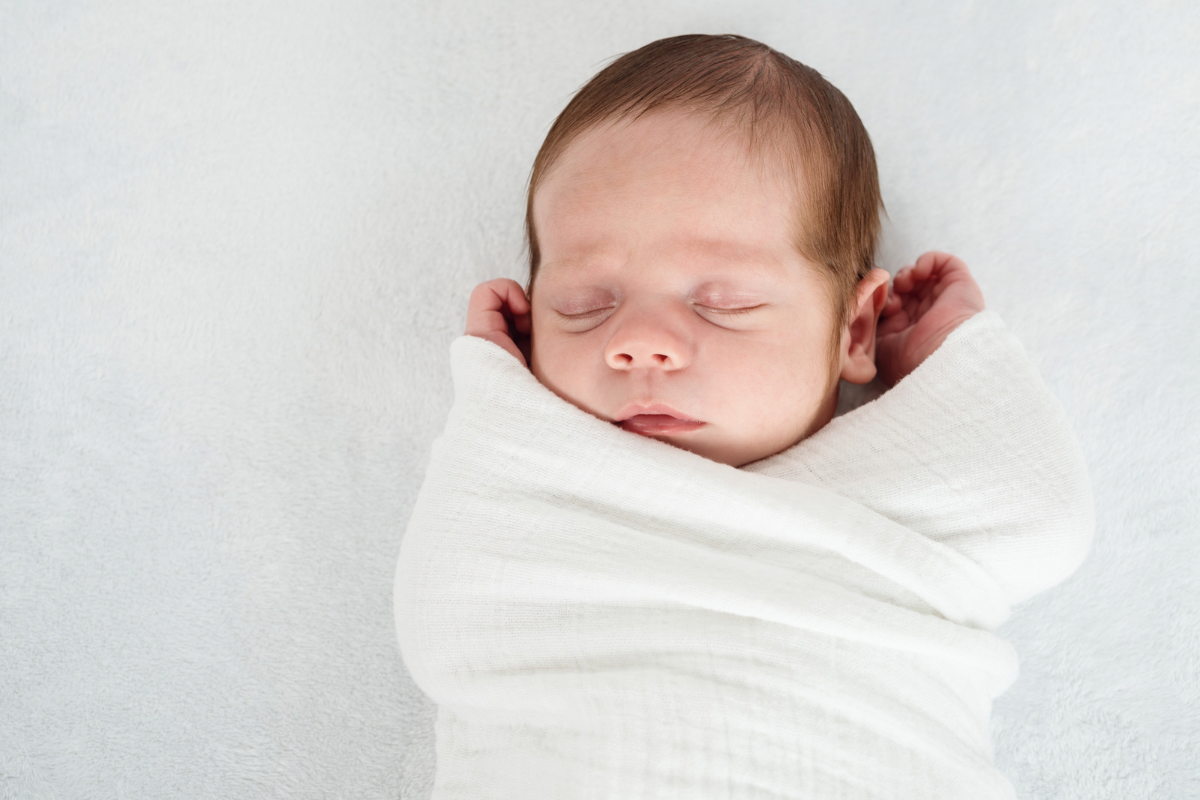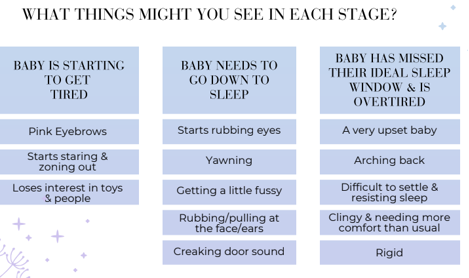Newborn Sleep Expectations
Welcome to one of the most lovely, crazy, messy, challenging yet beautiful experiences ever.
With 2 little ones, I know where you are at right now..
In the first couple of months, life with a newborn baby is really a cycle of feed, sleep, cuddles, lots of poops to change and repeat. Your baby will only handle small amounts of interaction with an awake time of around 45-60 minutes max in the first month (including their feeding time). Outside of these activities there really isn’t a lot of time for anything else. It will seem like all you do is the above 5 steps because that really is all you’ll do – for now.
We’ve popped some newborn tips together below to help keep you and bub as settled and rested as possible. More importantly though, go easy on yourself and try not to worry about doing too much outside of caring for your baby and getting some rest. The most important thing right now is you, your partner and your beautiful baby. Look after YOU and repeat the newborn care cycle.
🤍 Our tips for getting through the first couple of months 🤍
TIP ONE
A gentle reminder
So that you can enjoy your newborn bubble it’s best if you can let go of expectations of yourself and your baby. Having a baby is lifechanging. Whether it is your first, second or third baby – it’s still huge. Having no expectations is best because life with a new baby really will look different for everyone. While it might seem easy thinking about only cycling through a few steps on repeat with a newborn, it can be relentless at the same time. Let’s not forget you just grew and birthed a baby and you aren’t sleeping at your best right now! So while having a newborn might not seem all that involved it’s actually a huge learning process for you, your partner and your baby in those first couple of months. Be kind to yourself.
TIP TWO
Your babies sleep will be unorganised
Babies aren’t born with a matured circadian rhythm hence why there is no difference between their day and night sleep patterns. As babies get older, around 3 months of age, their sleep begins to become more organised as their circadian rhythm matures / sleep and wake cycles regulate.
To help regulate your baby’s internal body clock:
Implement a regular morning routine including sunlight exposure
Allow lots of natural light into your home during awake time
Implement a regular bedtime routine
Avoid too much light during night feeds
TIP THREE
Newborn tired cues
How do you know when your baby is tired? Consider these three stages of sleep cues?
Stage 1: Baby is starting to get tired
Stage 2: Baby needs to go down to sleep
Stage 3: Baby has missed their ideal sleep window and is overtired
TIP FOUR
Newborn sleep needs
Newborns need lots of sleep. Each month as your baby gets older their awake time length gradually increases BUT we recommend that you take into consideration the awake lengths but also tune into your baby’s sleep cues to determine their appropriate sleep windows.
*Your baby might have more night sleep and less day sleep than the table suggests. The aim is to work towards the “Total Sleep” needs (column 4).
TIP FIVE
Independent vs. Assisted Naps
Newborns can require a lot of support to get to sleep particularly in the second half of the day and early evening when they can become fussier. If you are keen to work on independent sleep a flexible schedule can work really well. Having a flexible schedule is a way in which you can encourage your baby to sleep in different ways both supported and less supported while meeting their sleep needs all at the same time. No pressure to do cot naps if you aren’t ready but totally okay if you need a break from assisted naps.
Nap 1 – cot sleep (either assisting in the cot or transferring once asleep)
Nap 2 – cot sleep (either assisting in the cot or transferring once asleep)
Nap 3 – contact nap
Nap 4 – motion nap
Nap 5 – carrier nap
*Avoid a transfer into the cot while your newborn is in active sleep. Try transferring once you notice they are still, their breathing is deep and more regular (this is quiet sleep occurring about 20 minutes after falling asleep).
TIP SIX
Not sure why your baby is crying and what they need?
Priscilla Dunstan is well-known for decoding infant cry patterns with her Dunstan Baby Language. She discovered that there was a pattern in baby pre-cry sounds for all newborn babies aged between 0-3 months. These sounds can be heard in the pre-cry stage before crying escalates and each sound has its own meaning.
NEH or NAH means “I'm Hungry!” The most important part of this is the "n" sound at the beginning.
EAIRH means “I'm Gassy!”. It can also sound like "eeerrrhhh" or "air." A lower and more urgent sound when the muscles around baby's abdomen constrict.
OWH means “I'm Tired!”. The sound a baby will make when she is tired is similar to the noise produced by yawning, and her mouth will form an oval shape.
EH means “Burp Me!”. The "eh" sound is produced when the muscles in Baby's chest tighten. Sometimes it will be vocalized in a more repetitive "eh-eh-eh-eh” sound.
HEH means “I'm Uncomfortable!”. Sometimes, this will be a repetitious "heh-heh-heh" or "ha-ha-ha-ha." Is baby hot? cold? In need of a nappy change?
TIP SEVEN
Be kind to yourself. You are doing an amazing job.
If you would like more newborn sleep tips to help you and your baby sleep the best that you possibly can you can access our Newborn Slumber Program here: https://slumberandsprout.com.au/newborn.
Until next time,
Jaci x



